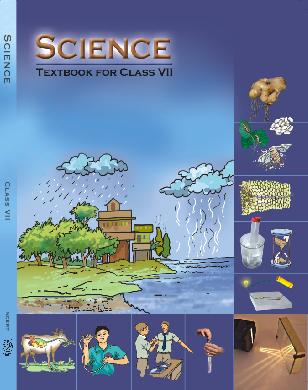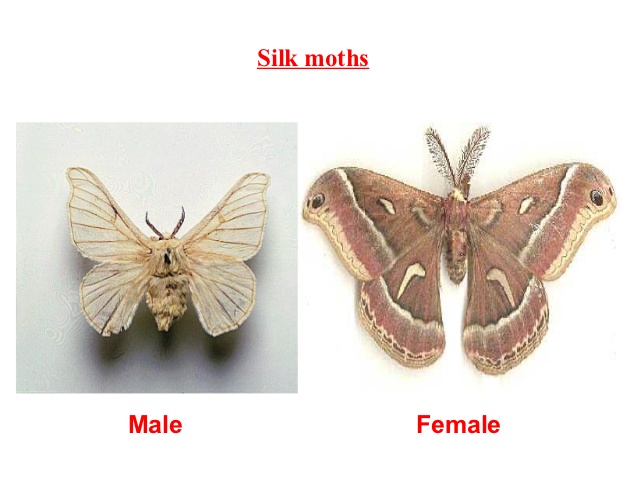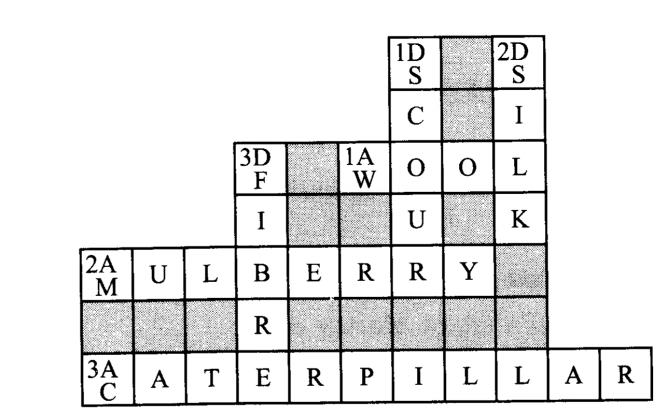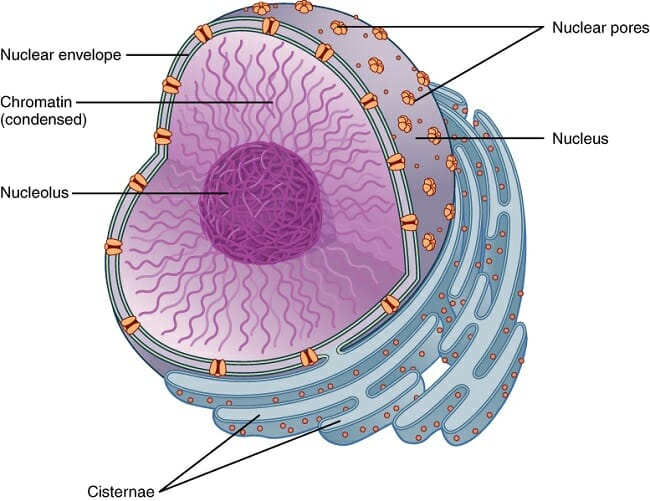Class 7 - Science
Chapter 3 : Fibre to Fabric

Top Block 1
Q.1. You must be familiar with the following nursery rhymes:
(i) ‘Baa baa black sheep, have you any Wool.’
(ii) ‘Mary had a little lamb, whose fleece was white as snow.’
Answer the following:
(a) Which parts of the black sheep have wool?
(b) What is meant by the white fleece of the lamb?
Answer : (a) The hairy skin called fleece has wool in black sheep.
(b) White fleece of the lamb means the white coloured hairy skin.
Q.2. The silkworm is (a) a caterpillar (b) a larva. Choose the correct option.
(i) (a) (ii) (b) (iii) both (a) and (b) (iv) neither (a) nor (b)
Answer : (iii) both (a) and (b).
Q.3. Which of the following does not yield wool?
(i) Yak (ii) Camel (iii) Goat (iv) Woolly dog
Answer : (iv) Woolly dog
Q.4. What is meant by the following terms?
(i) Rearing (ii) Shearing (iii) Sericulture
Answer : (i) Rearing: The process of keeping, feeding, breeding and medical care of useful animals is called rearing of animals. These animals produce one or more useful products for htiman beings.
(ii) Shearing: The process of removing the fleece of the sheep alongwith thin layer of skin is called shearing.
(iii) Sericulture: The rearing of silkworms for obtaining silk is called sericulture.
Q.5. Given below is a sequence of steps in the processing of wool. Which are the missing steps? Add them.
Shearing, ________ , sorting,________, __________
Answer : Shearing, scouring, sorting, picking out of burrs, colouring, rolling.
Q.6 Make sketches of the two stages in the life history of the silk moth which are directly related to the production of silk


Q.7. Out of the following, which are the two terms related to silk production? Sericulture, floriculture, moriculture, apiculture and silviculture.
Hints: (i) Silk production involves cultivation of mulberry leaves and rearing silkworms. (ii) Scientific name of mulberry is Morus alba.
Answer : (i) Sericulture (ii) Moriculture
Q.8. Match the words of Column I with those given in Column II:
| Column I | Column II |
|---|---|
| 1. Scouring | A. Yields silk fibres |
| 2. Mulberry leaves | B. Wool yielding animal |
| 3. Yak | C. Food of silkwarm |
| 4. Cocoon | D. Reeling |
| 5. | E. Cleaning sheared skin |
| Column I | Column II |
|---|---|
| 1. Scouring | E. Cleaning sheared skin |
| 2. Mulberry leaves | C. Food of silkwarm |
| 3. Yak | B. Wool yielding animal |
| 4. Cocoon | A. Yields silk fibres |
| 5. | D. Reeling |
Mddle block 1
Q.9. Given below is a crossword puzzle based on this lesson. Use hints to fill in the blank spaces with letters that complete the words.


Answer :



